Crosslinking
Crosslinking is a key process in enhancing the performance of materials. This technique involves linking polymer chains, boosting durability and stability. It’s crucial in developing robust materials for various applications, achieved through methods like heat, radiation, or chemical additives. Crosslinking imparts superior resistance to heat, chemicals, and wear, essential for SiKÉMIA’s focus on creating long-lasting, high-performance materials. This adaptability in crosslinking aligns with SiKÉMIA’s commitment to innovative material solutions, tailored to meet diverse industrial needs.
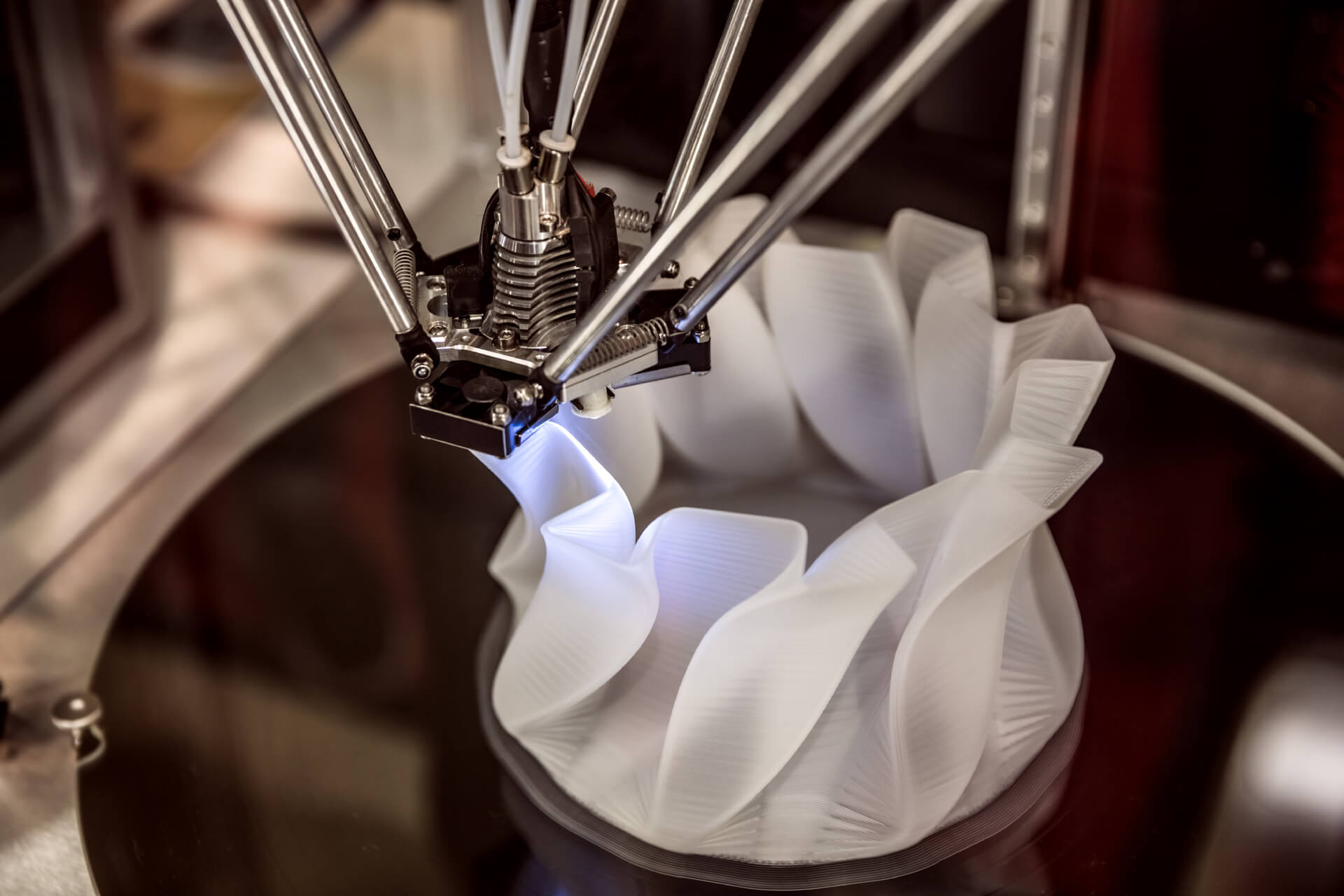
Thermosettings
Covalent reticulation is employed in various technologies of commercial and scientific interest to control and enhance material properties or at the interface with the polymer. This is particularly evident in thermosetting polymers, commonly known as thermosets, where the curing step facilitates the crosslinking of the resin. The reticulation process occurs, resulting in the formation of a three-dimensional network of polymer chains connected by chemical bonds. In the life sciences industry, this technology is pivotal in developing biomedical devices and drug delivery systems, where the enhanced material properties like biocompatibility, strength, and controlled degradation play a critical role in their functionality and effectiveness.
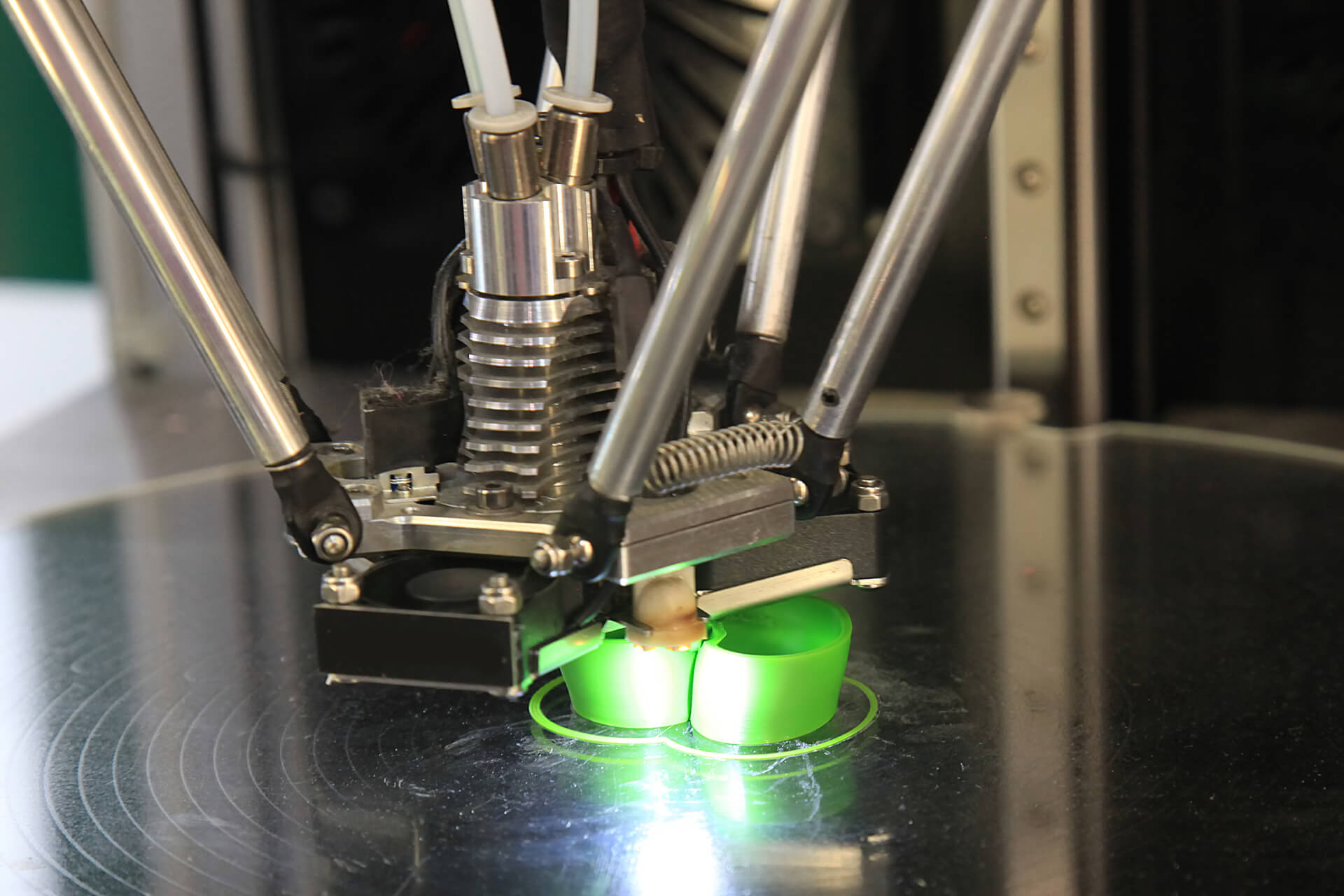
Vulcanisation of Rubber
Vulcanization of rubber thanks to sulfur is one of the best-known examples of crosslinking. Thanks to this process, raw rubber is converted from a weak polymer to a high-resistant elastomeric compound. Such technology leads in our car tires, which were fragile and not wear resistant at all before vulcanization.
The use of silane technology in crosslinking polyethylene/wood flour composites
SiKÉMIA offers a wide range of chemical compounds with at least two functional groups, which are adapted to the chemistry of reticulated compounds.
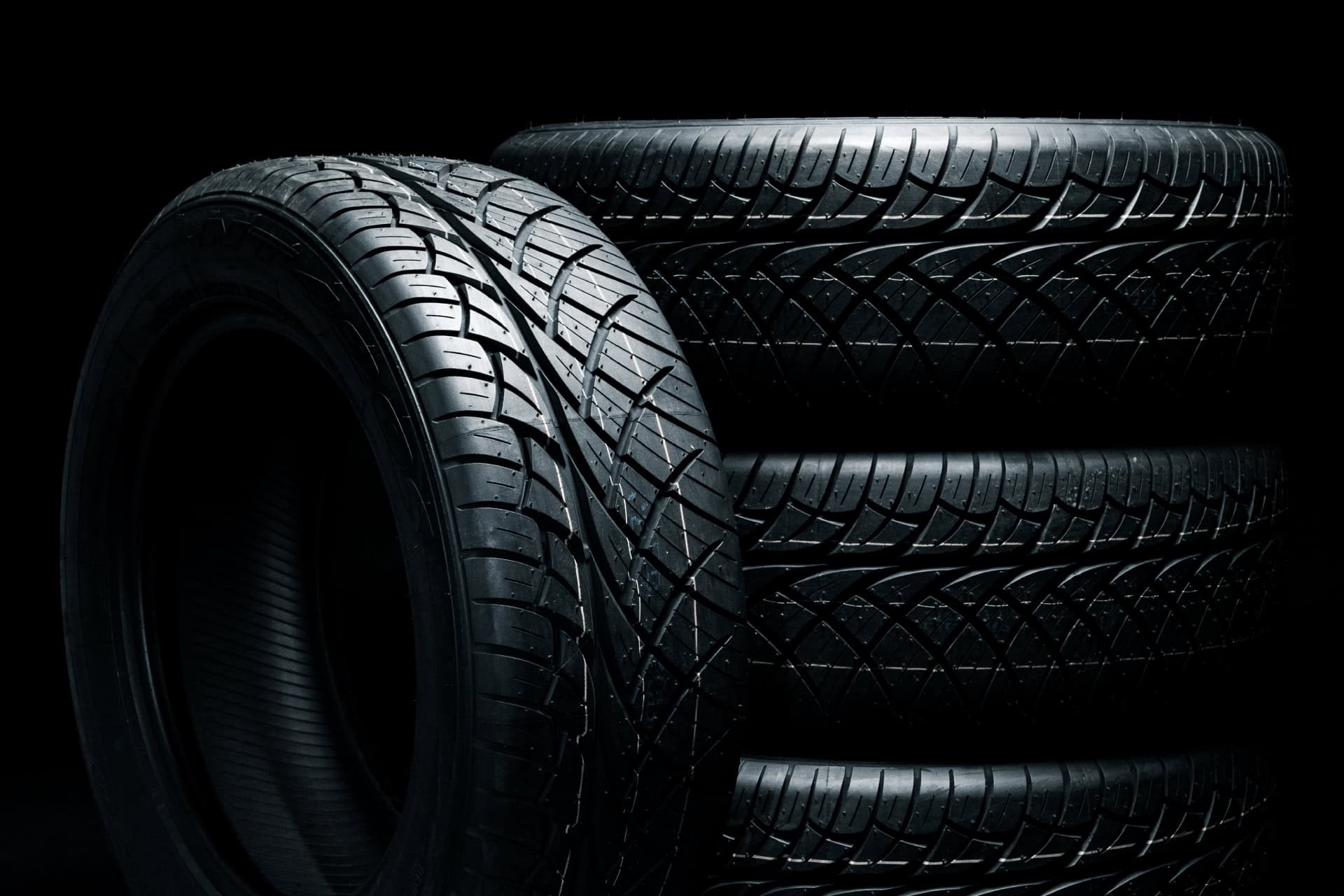
Paints & Coatings
Crosslinking plays also an important role in the paint industry. Some coatings are obtained by reticulation of the polymeric matrix composing the continuous part of the film, which can result from temperature, UV, IR or electron irradiation. The crosslinking ensures a good mechanical strength and integrity of the final layer.
Crosslinked polymeric coatings: Preparation, characterization, and diffusion studies

Fillers Linking
In advanced multi-component materials, not only crosslinking can help to ensure good mechanical properties, but also the incorporation of fillers in the matrix: (nano)particles, fibers, and other 2D and 3D objects. Providing covalent bonding of these fillers with the matrix helps to prevent delamination and increases the mechanical properties of the resulting material.
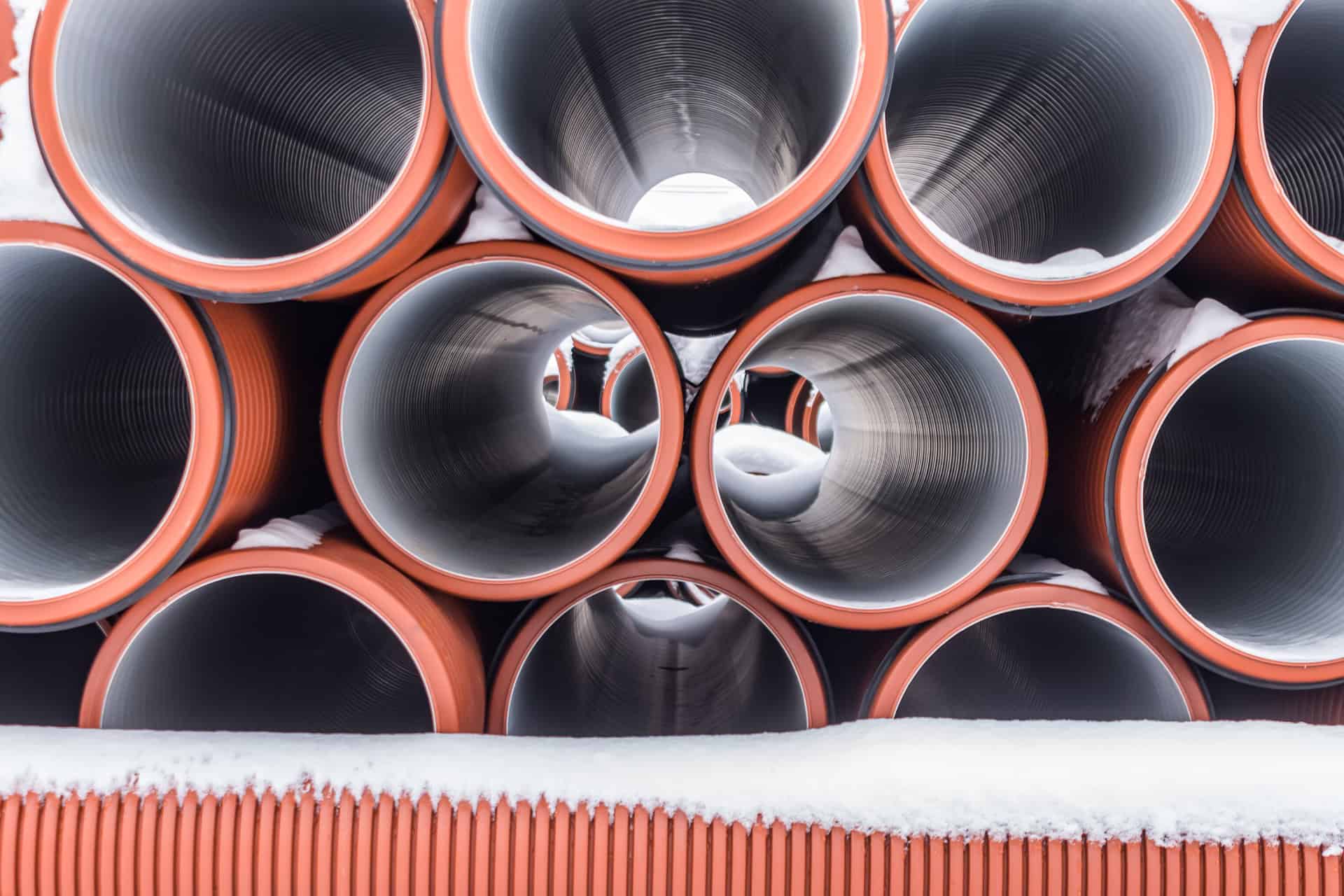
Linked Markets

Life Sciences
Chemical surface modification is widely used in the life sciences industry to develop advanced biomaterials, drug delivery systems, and diagnostic tools.
Learn more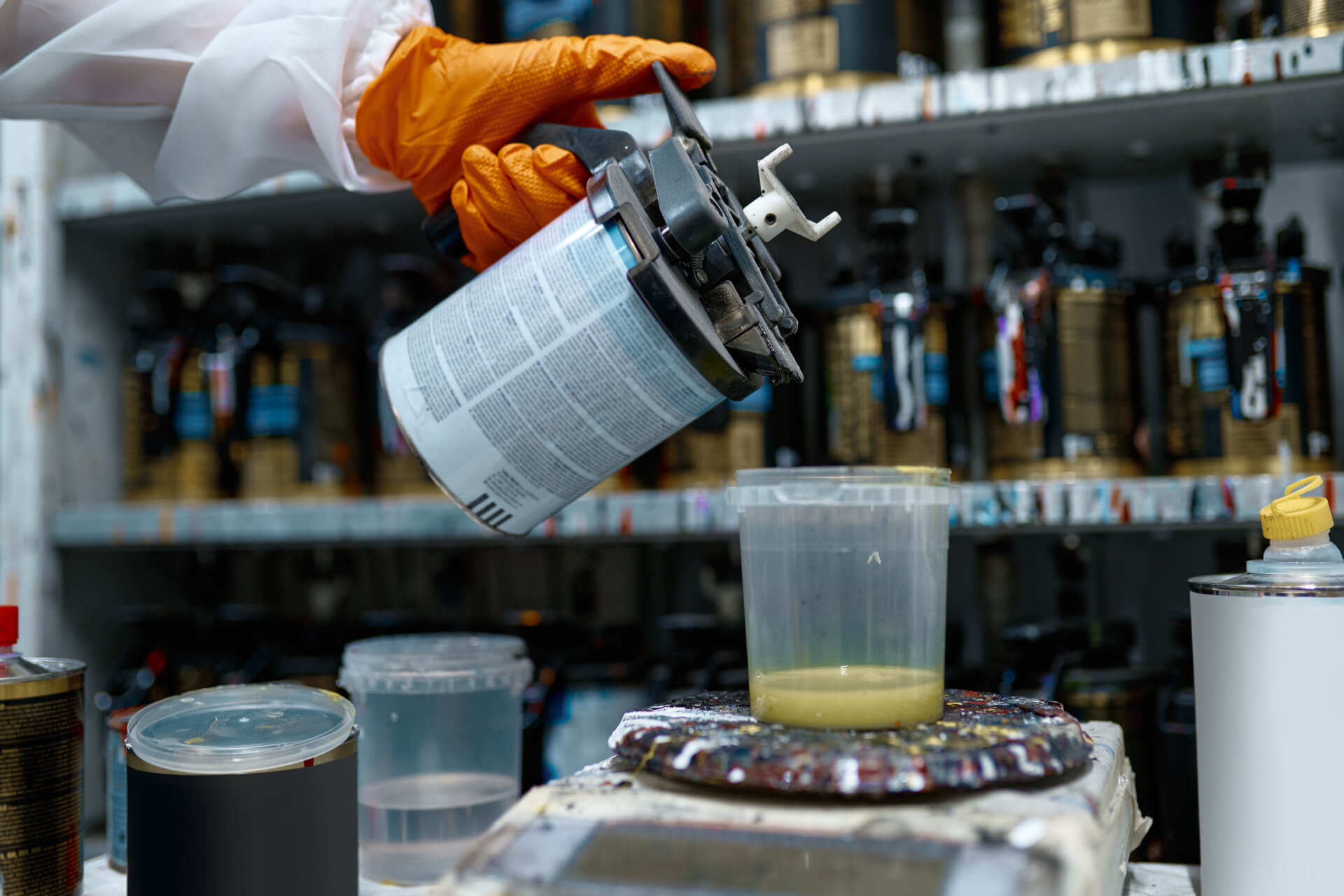
Paints & Coatings
Coatings and paints are omnipresent in our daily lives, from decoration and aesthetics to the protection and insulation of surfaces and materials.
Learn more
Automotive
The automotive industry demands innovation, high accuracy, and quality, all of which are SiKEMIA strengths.
Learn more
Aerospace
Our extensive range of coatings, and ligands, we meet all the requirements set by the aerospace industry.
Learn more